Introduction
Sula Vineyards, a sparkling star in the Indian wine scene, has built itself as the unchallenged pioneer in the country’s wine history by weaving a story of imagination, critical vision, and natural care. This journey from startup to wine juggernaut gives a masterclass in misusing government laws, overseeing advertising obstacles, and understanding the changing customer mentality. It culminates with the legendary Sulafest, which appeals to millennials and connoisseurs. Here we are talking about the Sula Wines Case Study – India’s Finest Wine Company Profile, Sula Vineyards Business Model, and Many More.

Here we are talking about the Sula Wines Case Study – India’s Finest Wine Company Profile, Sula Vineyards Business Model, and Many More:
Table of Contents
Sula Wines – Company Highlights
| Company Name | Sula Vineyards as Sula Wines |
| Headquarter | Nashik, Maharashtra |
| Industry | Wine Company |
| Founded | 1999 |
| Founder | Rajeev Samant |
| Website | https://sulavineyards.com/ |
Sula Wines – About
Sula Vineyards (or “Sula”) is a vineyard located in the western Indian state of Nashik, approximately 180 kilometers northeast of Mumbai. Rajeev Samant began it in 1999. Sula has become the most significant and most recognized wine brand in India. Being the most essential member of the Indian wine showcase, Sula brought grape varietals, including Chenin blanc, Sauvignon blanc, Riesling, and Zinfandel, to the nation.
Sula Wines – Industry
Leading international wines and spirits, including Gruppo Italiano Vini, Le Grand Noir, Torres, Trapiche, Hardy’s, Bouchard Aîné et Fils, Cap Royal, Cono Sur, Beluga Vodka, Asahi, and many more, are imported and distributed by Sula. Many of Sula’s wines are exported to more than 30 nations, including, to mention a few, Singapore, Australia, Italy, and France.
Sula Wines – Founder and Team
Rajeev Samant set up Sula Vineyards in 1999, and the company’s roots are within the rich Nashik, Maharashtra range. Samant collaborated with famous winemaker Kerry Damskey to bring dubious varietals like Chenin Blanc and Sauvignon Blanc to the Indian wine showcase, realizing the region’s wine-making potential.

Sula Wines – Startup Story
Rajeev Samant set up Sula Vineyards in the late 1990s. After graduating from Stanford College, he worked for Prophet Enterprise in California. After leaving his corporate career, Samant returned to India and started Sula. Sula bears Samant’s mother’s name, ‘Sulabha.’ Over the following few years, Samant expanded the company’s portfolio and introduced newer grape varieties, which helped the business grow continuously. The Nashik area has changed over the past few decades and is now known as “India’s Napa Valley.”
Sula Wines – Mission and Vision
We make all our decisions to positively influence every person we come into contact with. The top priorities are informing customers about Sula goods and raising awareness of responsible drinking. A further goal is to improve people’s lives noticeably.
Sula Wines – Name, Tagline, and Logo
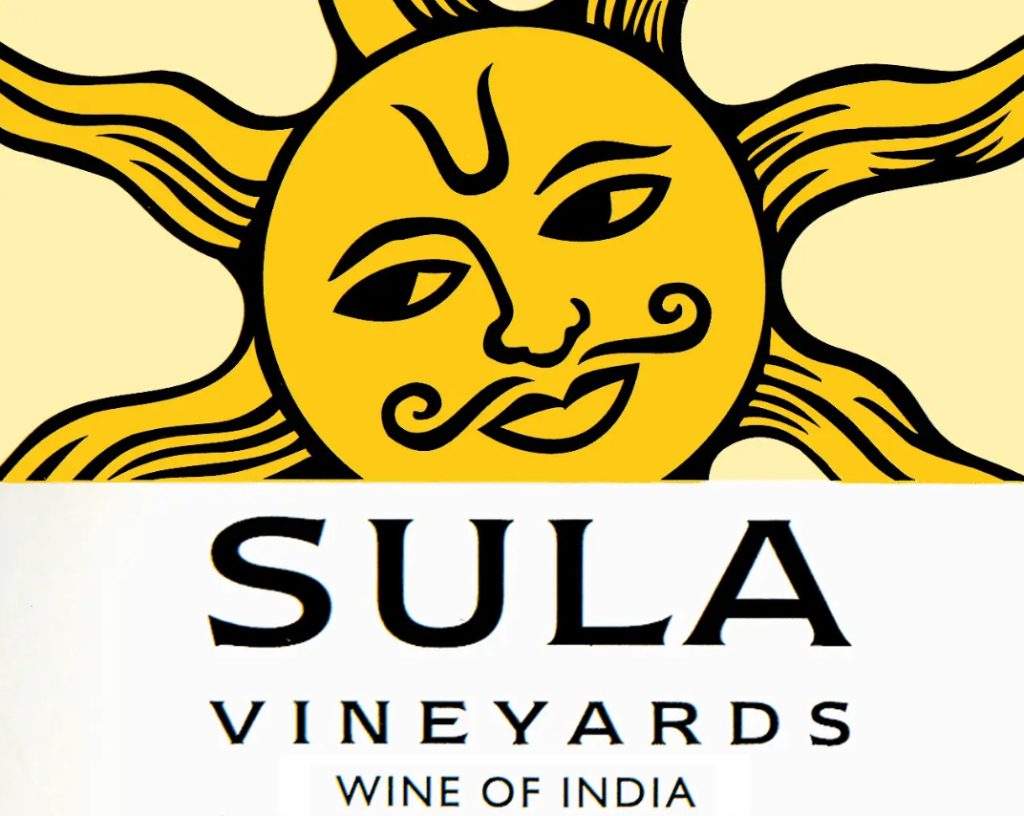
Sula was named after Samant’s mother – ‘Sulabha.’ This is “Wine of India”.
Sula Wines – Business Model
Several key choices, most outstandingly Sula’s accentuation on premiumization and operational proficiency, are credited with the company’s victory. The organization has illustrated uncommon operational administration compared to its rivals by viably overseeing its working capital cycle, particularly its stock days. Sula has less than half the inventory days compared to its top three competitors and has bought more than twice as much land.
This efficiency and the decision to concentrate on its brands instead of distributing others and prioritizing quality over quantity have helped Sula carve out a position in the premium market. Sula’s pioneering spirit is further highlighted by the development of cutting-edge products, including the first Indian wine for a cause, the country’s first wine in a can, and a wide range of domestic and foreign types.
Sula’s direct customer interaction has been critical to its business approach. This technique is best exemplified by Sulafest, a yearly music, wine, and gourmet nourishment celebration that draws thousands of individuals and affirms Sula’s request to millennials. Sula’s maintainability hones, which utilize sun-oriented control to meet more than 50% of its vitality requests and commit to recyclable bundling, back this inclusion and offer to customers who care about the environment.
Sula Wines – Revenue Model
Sula Vineyards Ltd. made a net benefit of more than three billion Indian rupees within the financial year 2023. Compared to the going before monetary year, the company’s benefit expanded. Sula Vineyards is one of the most fabulous vineyards in India’s west.
The company detailed a 4% increase in income of 2.18 billion rupees. Profit recently intrigued some time, and charges, devaluation, and amortization (EBITDA) edges expanded to 33.7% from 31% within the past year. Sula, too, declared an interval profit for the 2024 financial year of ₹4 per share.
Sula Wines – Products and Services
Rasa
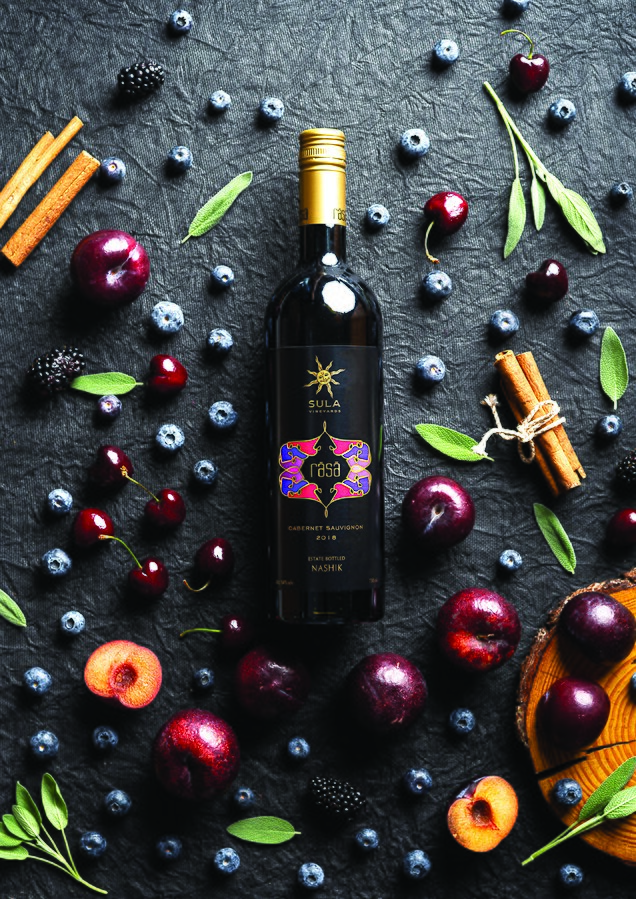
- Rasa Cabernet Sauvignon: Before its release, this red wine matured in French oak barrels for over a year and then in bottles.
- Rasa Zinfandel: With an ABV of 14%, this robust red wine ages in American oak barrels for three to four months.
Dindori
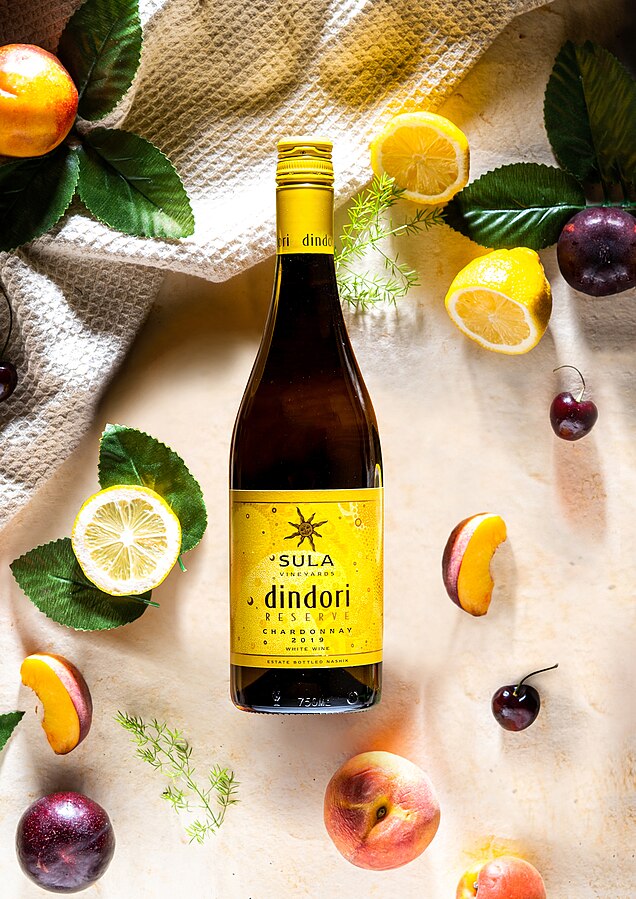
- Using their winemaking abilities and instruments, Sulaʼs Dindori Reserve showcases the winemakers and their pursuits.
- Three variations are available in the Sula Dindori collection:
- Dindori Reserve Viognier: With an ABV of 12.5%, this dry white wine has a robust fruity profile.
- Dindori Reserve Chardonnay: This 13% ABV dry white wine with a medium body is partially aged in French oak barrels.
- Dindori Reserve Shiraz: With an ABV of 14%, this full-bodied, dry red wine is aged 10 to 12 months in American oak barrels.
The Source
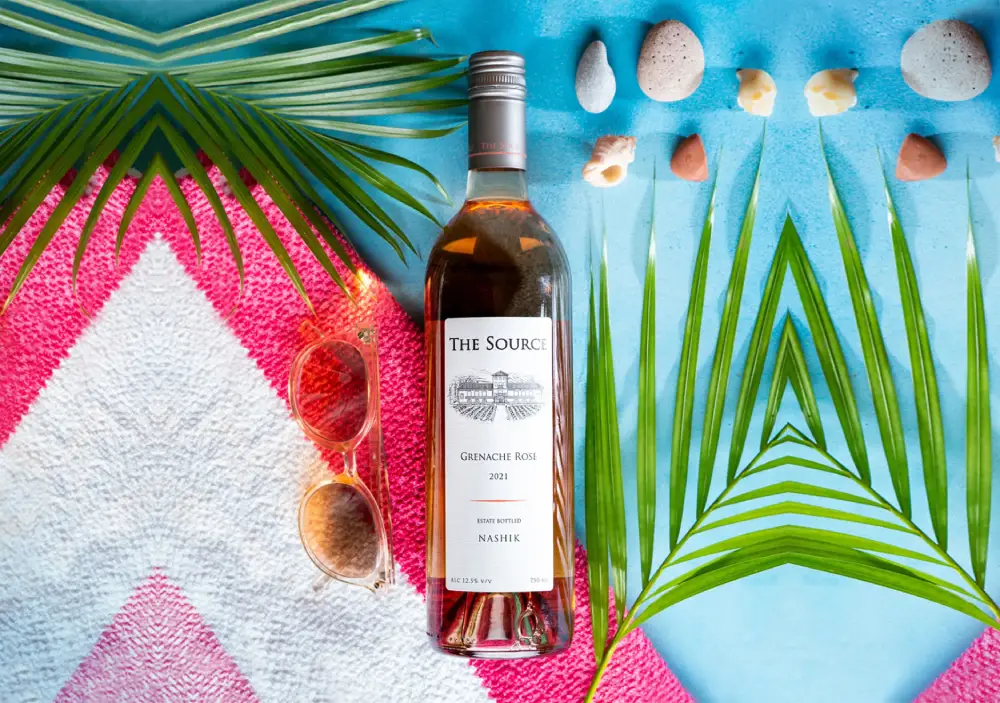
- The Source Grenache Rosé has an alcohol by volume of 12.5%.
- The Source Sauvignon Blanc Reserve is a medium-bodied, dry white wine with a 12.5% ABV partially matured in French Oak barrels.
- Blackberry aromas atop a well-balanced wine are The Source Cabernet Sauvignon. Its ABV is 13.5 percent.
Sula Classics
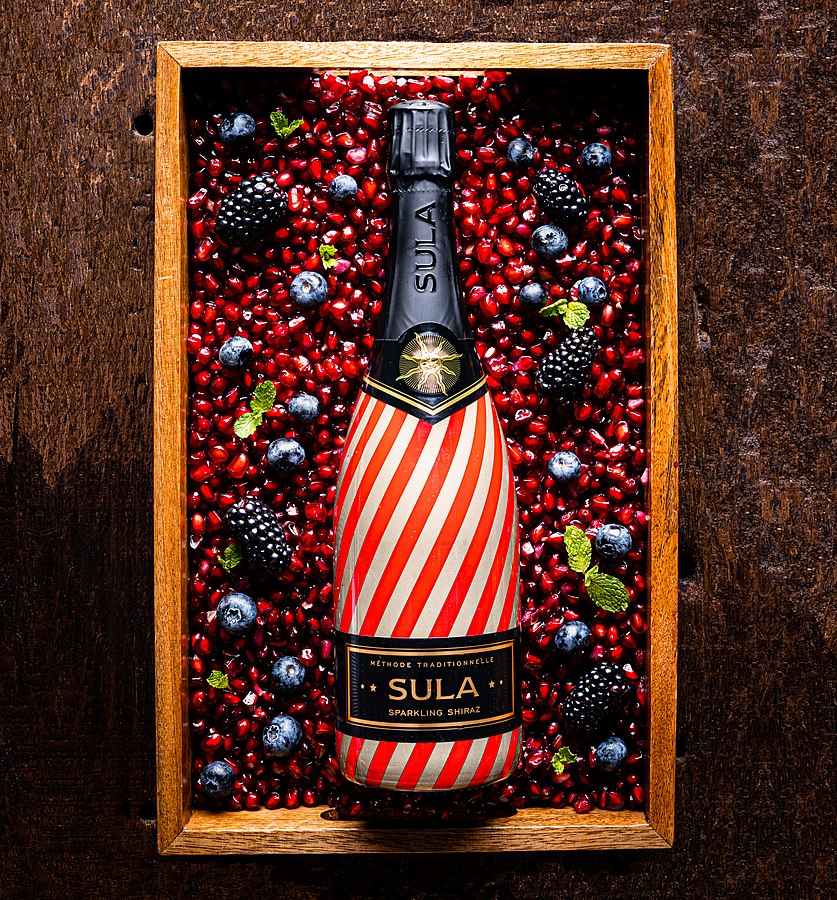
- Sula Brut: 3–4 months to mature.
- Sula Brut Tropicale: 60% Chenin Blanc and 40% Shiraz and Riesling are combined to create Sula’s first Blanc de Noirs.
- Sula Sparkling Shiraz: The first and only sparkling Shiraz wine in India is called Sula Sparkling Shiraz.
- Sula Zinfandel Rosé, the first Zinfandel ever made in India, with an 11.5% ABV.
- Sula Riesling: With an 11% ABV, this delicious white wine is the first Riesling produced in India.
- Sula Sauvignon Blanc, an unbaked white wine with a 12.5% ABV, is India’s first Sauvignon Blanc ever produced.
- Sula Chenin Blanc is the best-selling white wine in India and the nation’s first Chenin Blanc.
- Sula Chenin Blanc Reserve: Sula’s Dindori estate vineyards are the source of this limited-edition Chenin Blanc Reserve, which is carefully chosen.
- India’s best-selling red wine is the medium-bodied Sula Cabernet Shiraz.
- Sula Zinfandel: This 13.5% ABV red wine has a medium body.
- Sula Late Harvest Chenin Blanc: With an ABV of 13.5%, this dessert wine from Sula is the first late harvest Chenin Blanc ever made in India.
- Sula Seco Rosé: 10.5% ABV makes this medium-dry rosé sparkling wine.
- 10.5% ABV medium-dry rosé sparkling wine is called Sula Seco – Sula Seco Rose.
- Sula Satori Tempranillo: The Zen word “Satori” means “sudden enlightenment.”
- Sula Brut Crémant De Nashik is a 12% ABV sparkling wine.
Dia Wine Sparkler
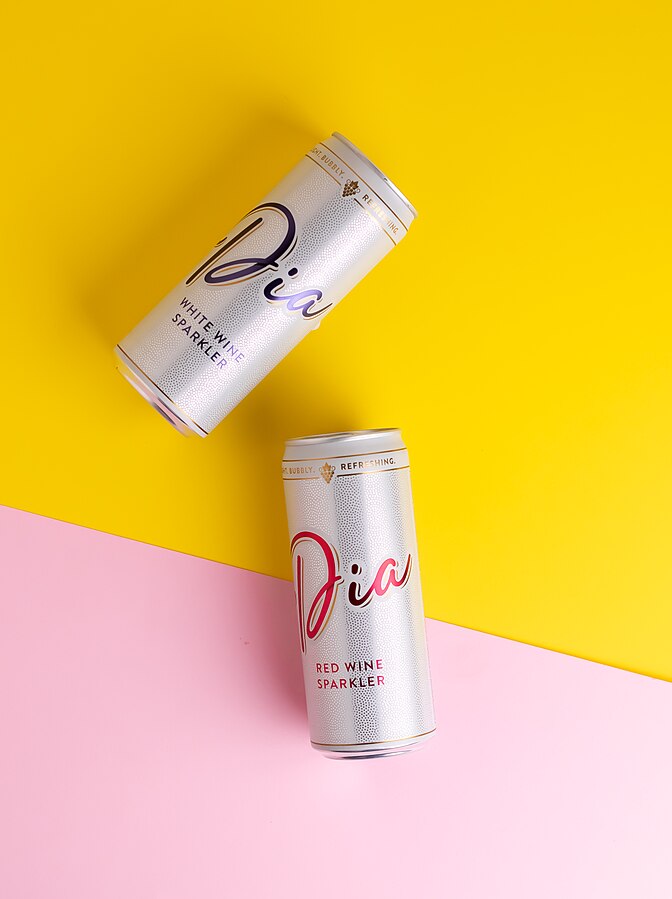
- Dia Wine Sparkler, India’s first wine in a can, was introduced in 2019. It is currently offered in Maharashtra and Goa.
Kadu
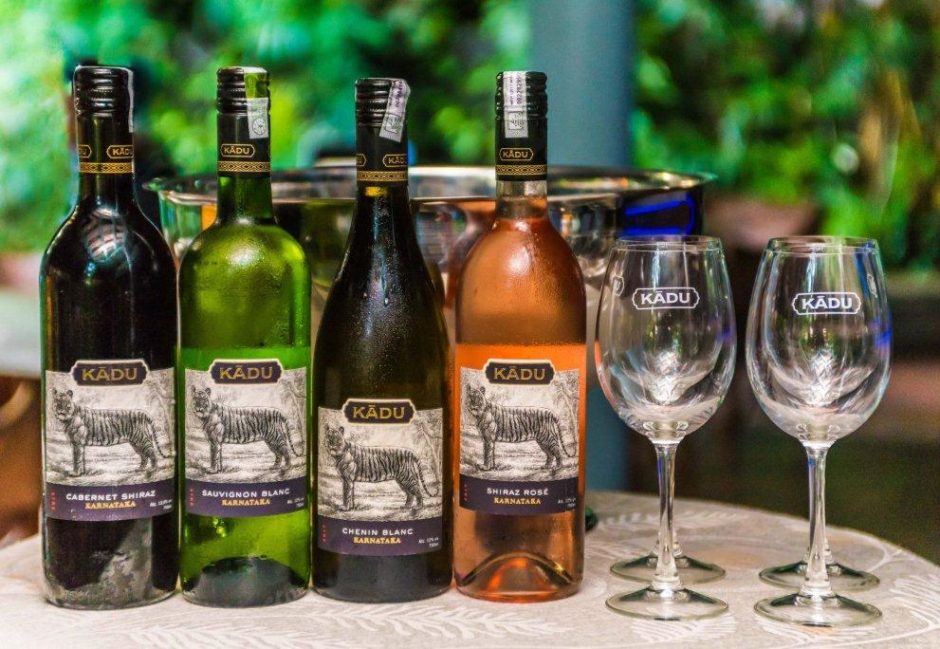
Sula has joined with Haven Nature Establishment, a non-profit organization that points to enable and bolster grassroots protectionists all through India, to form the primary Indian wine for a cause.
The Kadu collection by Sula includes four variants
- Kadu Chenin Blanc: With a 12% ABV, this is a delicious white wine.
- Kadu Cabernet Shiraz is a medium-bodied red wine with a 13% alcohol by volume.
- Kadu Shiraz Rosé: This delicious wine has a 12% alcohol by volume.
- Kadu Sauvignon Blanc: This flavorful white wine has a 12% ABV.
Sula Wines – Funding and Investors
In a expansive exchange that brought in over ₹500 crore for the trade, Verlinvest sold more than 12% of the company in 2023. Among the speculators within the company were Morgan Stanley, HDFC Shared Support, and Societe Generale.
Sula Wines – Employees
Sula Vineyards employs 729 people in total.
Sula Wines – Challenges Faced
The climb up Sula wasn’t without difficulties. Getting through strict licensing procedures and the initial mistrust of banks and investors were among the early difficulties. Sula was able to get over these obstacles because to Rajeev Samant’s cunning portrayal of the winery as a benefit for rural jobs and grape producers, which won support from the government. Domestic wineries expanded as a result of new laws encouraging domestic wine production and the imposition of 150% taxes on wine imports.
In addition, Sula gained market share during the 2008 financial crisis despite it being a loss for the sector as a whole because of its strategic market positioning and operational resilience, which let it weather the slump better than its competitors. Sula took advantage of the chance to take over where its leading competitors had left off when they made poor market investments.
Sula Wines – Acquisitions
Leading market participants acquired a combined 7.06 percent share in Sula Vineyards, including Ghisallo Master Fund LP, Societe Generale, Morgan Stanley Asia Singapore Pte, and HDFC Mutual Fund.
Sula Wines – Growth
From humble beginnings as a family cultivate on a 20-acre plot, Sula has risen to conspicuousness through forceful development and well-timed vineyard acquisitions. Nowadays, it covers 1800 sections of land and produces three million liters of wine every year, which accounts for 75% of India’s wine yield.
Sula Wines – Partners
There are no details of it.
Sula Wines – Competitors
The primary rivals of Sula Vineyards are ABC, Keroche Breweries, Savannah Distributing, and Bira 91.
Sula Wines – Awards and Achievements
- In 1999, Sula Vineyards became the first business to open a winery in Nashik. The company has played a significant role in the city’s transformation into the “Wine Capital of India.”
- Maker of the best-selling red wine in India.
- Introduced the first Grenache Rosé in India.
- Introduced Kadu, the first “Wildlife Wine” in India. It is available in four variants: Karnataka, Maharashtra, and Goa.
- Introduced Dia, India’s first wine in a can, available in red and white varieties.
- The Tamil Nadu State Marketing Corporation (TASMAC) has designated Sula as the nation’s first wine brand.
- In 2013, Sula became the first Indian wine to be featured with Marks & Spencer UK.
Sula Wines – Future Plan
Following their recent announcement of their IPO, Sula Wines filed its Draft Red Herring Prospectus on the SEBI website. To discover all of Sula Wines’ trade secrets, we perused all 460 pages of the SEBI filings. This newsletter provides a thorough analysis of Sula Wines’ operations based on their financial statements.
FAQs
What does Sula Wines do?
Sula has created into the greatest and most recognized wine brand in India. Being the most member within the Indian wine showcase, Sula brought grape varietals counting Chenin blanc, Sauvignon blanc, Riesling, and Zinfandel to the nation.
When was Sula Wines founded?
In 1999, it was established.
Who is the founder of Sula Wines Corporation?
The founder is Rajeev Samant.
Who is the CEO of Sula Wines Corporation?
The CEO is Rajeev Samant.
Who are the main competitors of Sula Wines?
The competitors of Sula Vineyards are ABC, Keroche Breweries, Savannah Distributing, and Bira 91.
Conclusion
Sula also owns and runs two wine resorts, “Beyond by Sula” and “The Source at Sula,” which are close to its Nashik factory. It offers tasting rooms within the “Domaine Sula” vineyard in Karnataka and at its vineyard in Nashik. At its vineyard in Nashik, Sula has been facilitating the yearly SulaFest wine and music occasion since 2008.

